'HYPERREALITY' Reimagines Our Future
Keiichi Matsuda's short film 'HYPERREALITY' explores the implications of a world immersed in augmented reality.
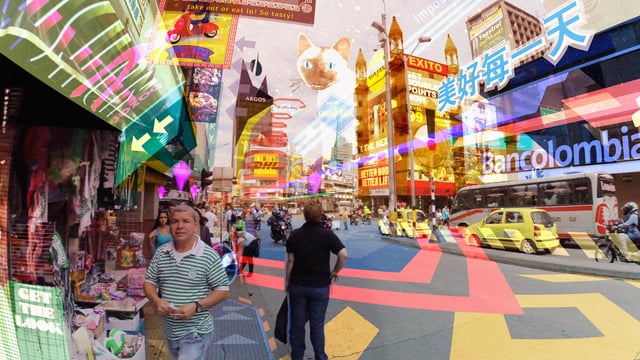
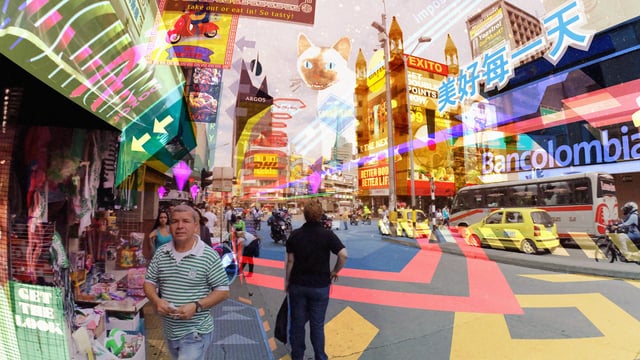
Keiichi Matsuda's short film 'HYPERREALITY' explores the implications of a world immersed in augmented reality.
Critical thinking-focused designer Keiichi Matsuda’s film ‘HYPERREALITY' realises a future where media is permanently layered on top of a city using augmented reality.
Made in collaboration with Columbian production team Fractal, the film, which is based in Medellin, took two years to produce, and leans heavily on post-production effects to bring Matsuda’s vision to life.
It tells the brief and terrifying story of Julia Restreppo, a woman who studied to become a teacher but thanks to disparities in the level of technology she is able to afford, is now a ‘job monkey’, terrified of losing her accumulated life points.
The denouement sees her fall victim to a biohacking crime, as an assailant steals a sample of her blood and is instantly able to hack her identity, leaving her destitute.
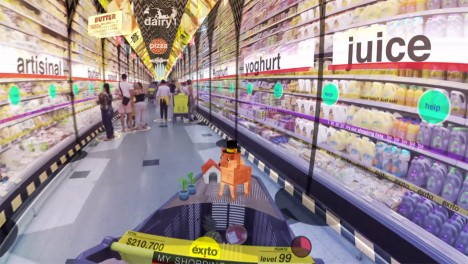
Matsuda has stated that 'HYPERREALITY' is just one of a number of upcoming interconnected shorts that will refine his ideas surrounding the potency of alternative reality.
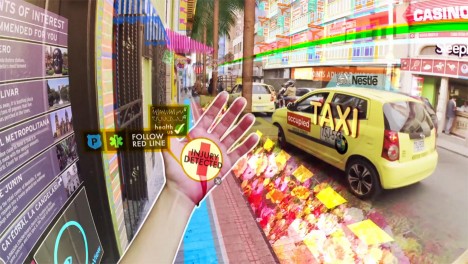
At some point in the future, technological advancements in the field of augmented and virtual reality could have become so enmeshed with human physiology that individuals will be unable to distinguish between reality and a simulation of it.
News that Samsung, Google and Sony have filed almost 50 U.S. patent applications related to smart contacts, ocular implants and eye computing devices confirms that this isn’t a fictitious concept, but more of a big-business backed premonition.
To learn more about the coming influence of augmented reality read about The New Yorker’s recently unveiled AR cover.
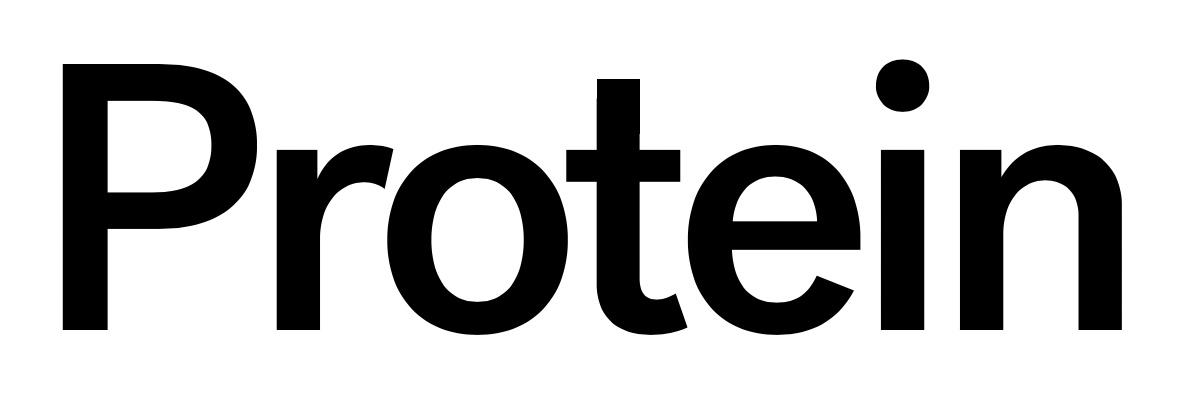


Discussion